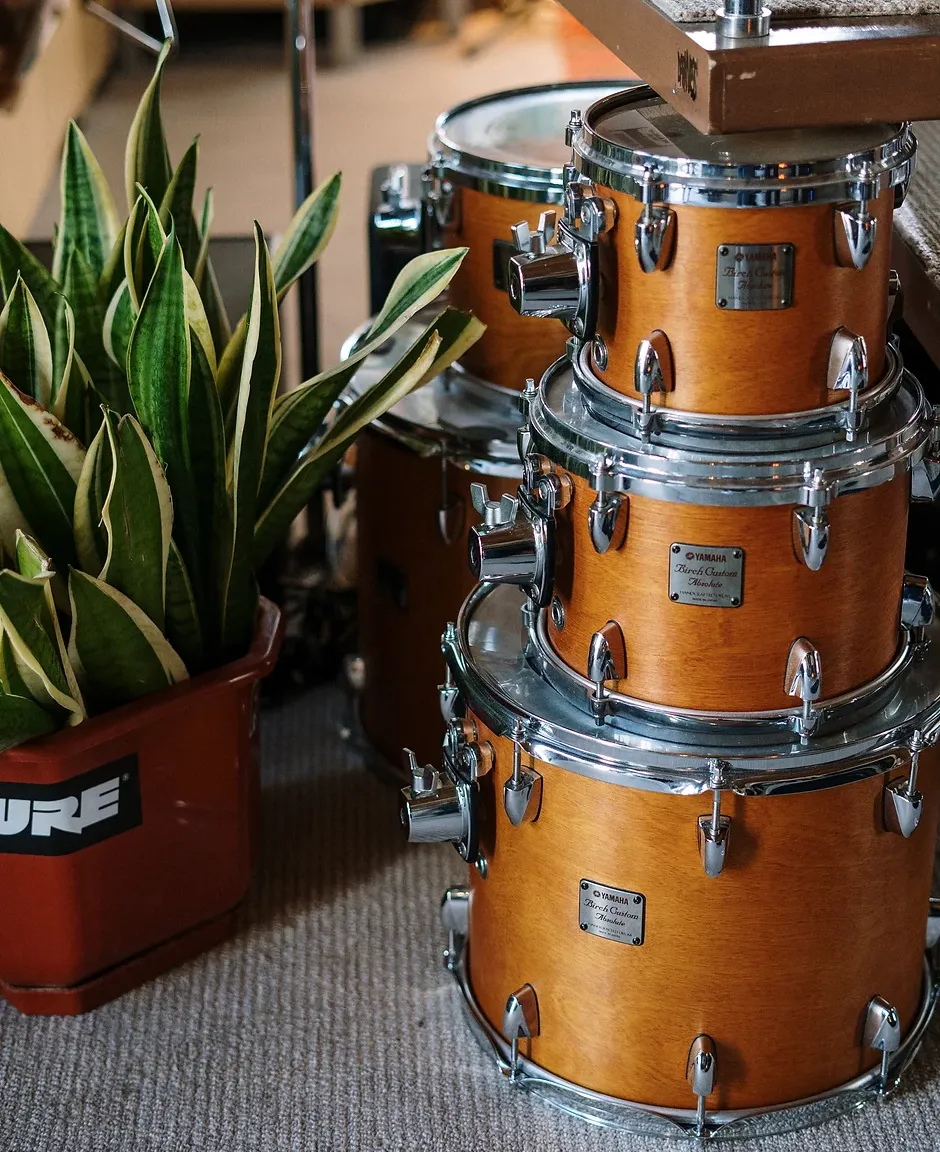
Membrane and Porous type absorbers
There are various ways in which sound can be attenuated. Porous absorbers and membrane absorbers are the quite familiar ones. The sound absorption in the porous absorbers happens when the sound enters the complex structure of the fibrous material and sound gets annenuated by losing its energy. Whereas in the case of membrane absorbers the sound is attenuated my the whole system vibrating in the particular frequency called the resonance frequency of the system and the sound eventually loses its energy. The absorbers are kept close to the walls because the velocity of the wave would be maximum near the boundary of the any system. The porous absorbers or membrane absorbers with rigid backing can attenuate sound to a certain level, but if there is a air cavity in between the boundary and the absorber that can greatly attenuate the sound with better absorption results.
Porous Absorbers : fibrous material such as textiles, fleece, carpets, foams, mineral wool, cotton wool and special acoustic plasters are some examples of Porous absorbers
Membrane Type Absorbers :
Membrane type absorbers which are also called as diaphragmatic absorbers use materials like activated carbon, Helmholtz resonator etc. Although it can absorb low frequency sound it has very narrow bandwidth.
In the context of using these to arrest sound in the room to reduce room reflections (reverberations and echo) a combination of both should be used. Using porous alone can make the sound of the room a little bit warmer and membrane absorbers alone can make the room sound muddy. Cent percent of absorption can make the room sound dead. So whatever your taste is choose the treatment accordingly. Each one has it's own advantages and disadvantages. For absorbing frequencies above 500 Hz porous absorbers with air cavity would do the job. For low frequency absorption only membrane type absorbers can save the day. There is a popular room treatment foam called bass trap available in the market which basically are open celled foam structure made in the form of a triangle, which are advertised to absorb bass frequecies. For aesthetic purposes, as In to make the room like a studio one can install that but its not practical and doesn't really help with the low frequency attenuation of sound. So take careful considerations before spending your bucks on room treatments. I hope this article would help you make an informed decision. If you want to learn more about the room acoustics sign up for our news letter to get your free personalised consultation.

